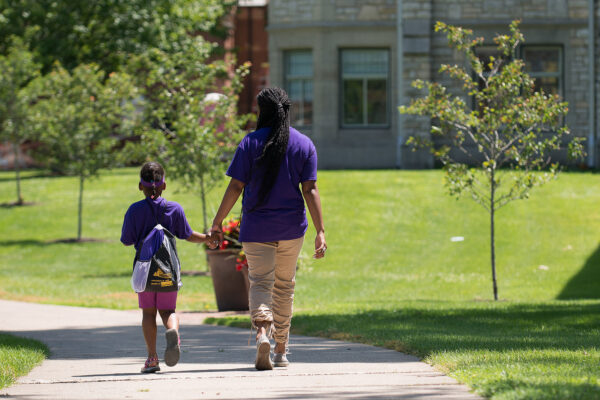How Campuses Can Help Prepare Borrowers for the Resumption of Student Loan Repayments
Title: Resumption of Loan Repayment: Task Force Report
Authors: National Association of Student Financial Aid Administrators
The National Association of Student Financial Aid Administrators (NASFAA) recently released a report providing guidance to college and university leaders on how to support borrowers waiting for their student loan repayments to resume or those beginning repayment.
NASFAA created a task force of administrators from institutions across the country to make a list of recommendations for how to best equip borrowers with the tools they need as student loan repayments potentially resume this summer.
These recommendations are divided into two broad categories: understanding how to communicate with borrowers and implications surrounding institutional “operational and accountability impacts.” Some of the key recommendations from the report include:
Ensure that there is communication between the institution and student borrowers. The task force recommended that institutions should tell borrowers to keep their information up to date with Federal Student Aid. They also noted the importance of using multiple methods of communicating with borrowers on potentially restarting payments. This may include different campaigns for current students and alumni, using various channels of communication, ensuring that institutional content is up to date online, and offering programming for students such as presentations and loan counseling. They also note that institutions should consider partnering with their alumni associations or student governments to make sure that a wide range of borrowers are kept up to date with any major changes.
Understand how changes to cohort default rate (CDR) will impact your institution. The federal government mandates that institutions keep their cohort default rates below a certain level to be eligible for Title IV funds. Because of the payment pause over the last several years, many institutions have kept a very low CDR. However, should repayments resume this year, institutions should consider tools to maintain manageable CDR levels in the coming years. Keeping a close eye on CDR data, adopting a plan to manage defaults, and monitoring any changes from the Department of Education regarding how they calculate CDRs could be important steps to take in the coming months.
To access the full report, click here. The task force also developed a toolkit on student loan repayment to assist institutions and financial aid administrators in their outreach to current and former borrowers.
—Alexander Cassell
If you have any questions or comments about this blog post, please contact us.


